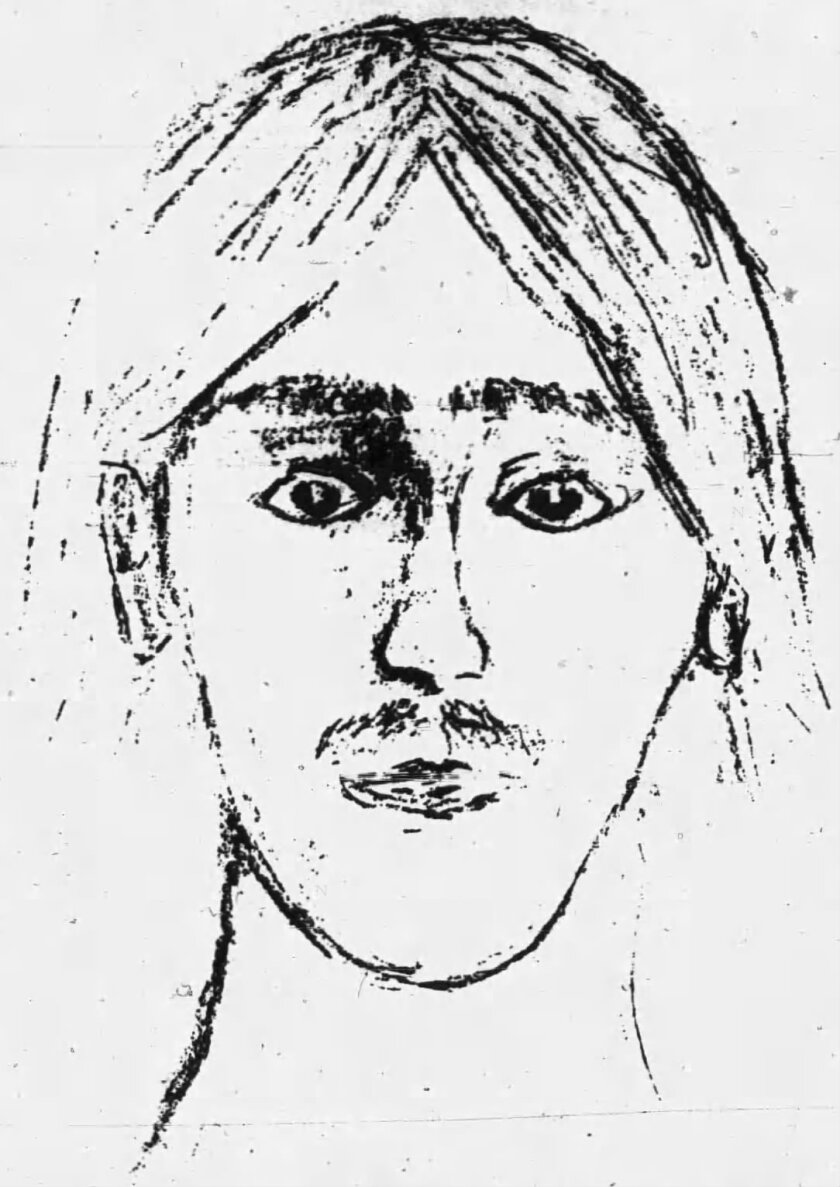DUNN COUNTY, Wis. — A Minnesota man was arrested Thursday, Nov. 7, in connection with the 1974 Wisconsin killing of 25-year-old Mary Schlais, of Minneapolis, after investigative genetic genealogy allegedly led to his confession.
Jon Keith Miller, 84, of Owatonna, is awaiting extradition to Wisconsin, Dunn County (Wisconsin) Sheriff Kevin Bygd . Miller faces a first-degree murder charge.
ADVERTISEMENT
Schlais, a master's degree student at the University of Minnesota, was reportedly hitchhiking from Minneapolis to Chicago to attend an art show when her body was found on Feb. 15, 1974, in Dunn County, Wisconsin. The county straddles Interstate 94 about 80 miles east of Minneapolis and just to the west of Eau Claire, Wisconsin.
Law enforcement discovered Schlais' body after an eyewitness reported seeing a man throw a woman out of a vehicle, then attempt to cover her body with snow. The man was described as being about 6 feet tall with auburn hair and a thick dark mustache.

Schlais' death was ruled a homicide after investigators found she had been stabbed more than 15 times in her back, neck and stomach and had defensive wounds on her hands and bruises on her face.
Unearthing new DNA evidence
Despite the deluge of tips, leads and interviews by multiple law enforcement agencies, the case grew cold. To find potential new evidence, Schlais' family consented to let law enforcement exhume her body in 2009. Investigators gathered DNA from her body and they had found two profiles.
"There were also several items of evidence examined and re-examined over the years as technological advances in DNA were developed. Still, no viable suspects were identified," Bygd said Thursday.
However, investigators did name a possible suspect not long after the collection of new DNA: Randall Woodfield, a former football player with the Green Bay Packers who later became known as the "I-5 killer" for a string of murders along that interstate highway. Woodfield was never charged in Schlais' death, and investigators described him as a person of interest.
Earlier this year, Dunn County Sheriff's Office Sgt. Jason Stalker told Forum News Service the case was still active.
ADVERTISEMENT
"There are some leads we're working on currently, but I can't disclose what those are," he said at the time. "But it is very much an active investigation. That's what I'll say."
The break in the case
Bygd said Thursday that Dunn County investigators recently began working with Ramapo College in New Jersey, an institution with
The method uses traditional genealogy research and DNA collected from possible family members to suss out potential suspects in cases where police have DNA evidence but no matches. In recent years, the method has led to of cold case arrests and convictions.
The investigative partnership between investigators and Ramapo College identified what Bygd called a "viable suspect" — Miller.
When confronted with the DNA evidence by police on Thursday, Miller allegedly “admitted that he picked up the victim while she was hitching and eventually stabbed her to death," citing court documents.























